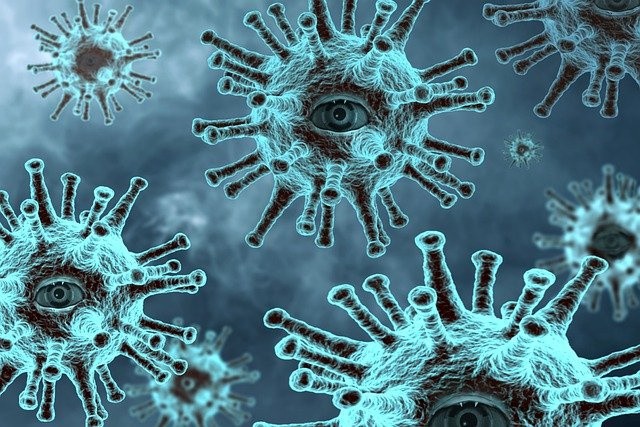
A new study can tell allegedly how many SARS-CoV-2 are asymptomatic. However, the nature of the asymptomatic infection is not fully understood or how the virus progresses.
When the contagion spread in the early months, it became clear that its effects would be global. Those who otherwise thought they were okay were highly infectious and were unknowingly spreading the virus. Many were surprised that symptoms could not be present, which alerts the individual that they are sick.
The study explains asymptomatic infections
It is hard to distinguish between those who are genuinely asymptomatic or those who do not yet show signs of the virus, making it difficult to put a precise number somewhat on chances of falling to the illness, reported Sciencealert.
The data obtained by US medical professionals from more than 350 studies were examined, which led to an interesting discovery. Just over 35% of COVID-19 cases do not develop to the symptomatic stage.
Asymptomatic infections are predicted to become as low as 4%, cited Clinical Microbiology. Even as high as 81 percent during the initial stages. Even as the outbreak proceeded, the report estimates that less than 20% of people may well be afflicted without exhibiting any symptoms.
It cannot be because assigning an accurate number is more complicated than it appears. Fewer people are bothered queuing up to get a test if they have a fever, loss of smell, sore throat, aches, or cough to encourage themselves. How many SARS-CoV-2 are asymptomatic with these signs is something to improve on.
Conducting a specialized survey that randomly selects a community to indicate the existence of the virus, regardless of the subject's health. It is one of the simplest ways to capture the actual infection.
One of the simplest ways to capture the actual spread of infection is to conduct a cross-sectional survey, randomly sampling a population to detect the presence of the virus regardless of the subject's health.
There is only one flaw with this strategy. Anyone who is well on the day they are tested might become ill hours or days later, making 'no signs' seem to be like a no diagnosis.'
Problem lies in detecting asymptomatics
COVID-19 can produce a flood of indicators, much of that we are only now starting to recognize. It is not easy sifting thru the research to find these people who could be symptomatic is still not straightforward.
It's not those scientists haven't tried. But according to the researchers who published this most recent effort, most either don't compensate for the factor of symptomatic persons requesting testing more than non-symptomatic people or don't have enough data to identify people who have become sick later.
The actual number of asymptomatic cases might not be so defined. Limitations were dealt with by two different meta-analyses of COVID-19 studies that examined overall laboratory-confirmed illnesses.
The first was limited to studies with a long follow-up period to exclude people who later experienced a disease effect. According to the findings of this research, 35.1 percent of patients that receive a positive lab result would not suffer any interpersonal consequences due to their infection.
The second set of research involved determining whether or not it was any silent infections at the time of testing, as well as conducting a follow-up analysis. The proportion was 36.9% in this case. Knowing how many SARS-CoV-2 are asymptomatic is not an exact science yet, in a study published by PNAS.
Related Article: RSV Threatens Infants, Toddlers Despite Summer Season After Lifting COVID-19 Restrictions
© 2025 HNGN, All rights reserved. Do not reproduce without permission.








